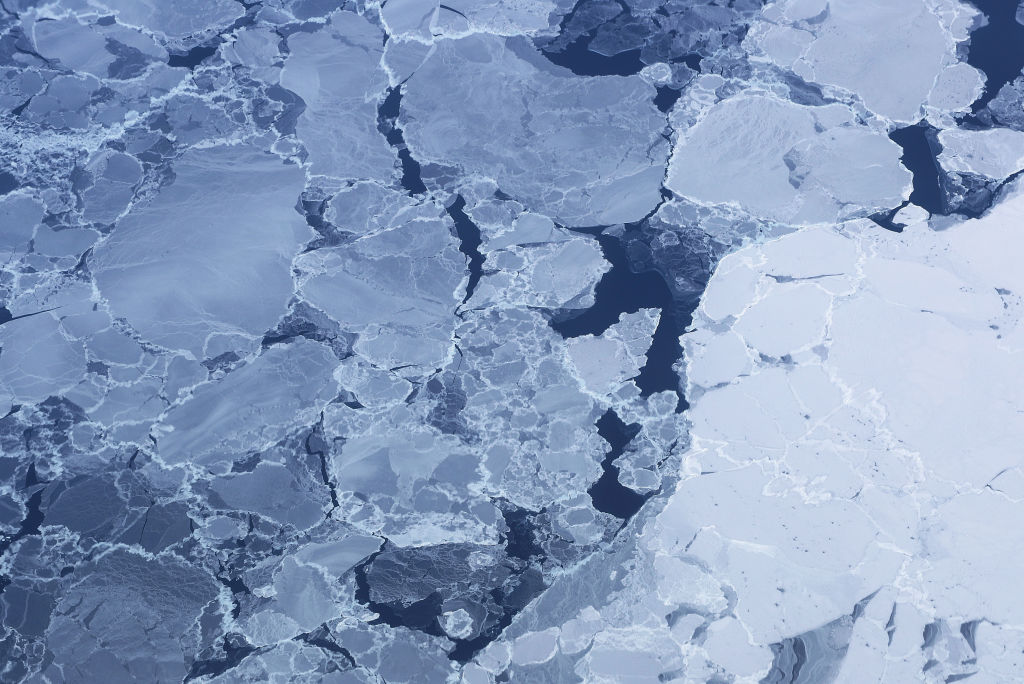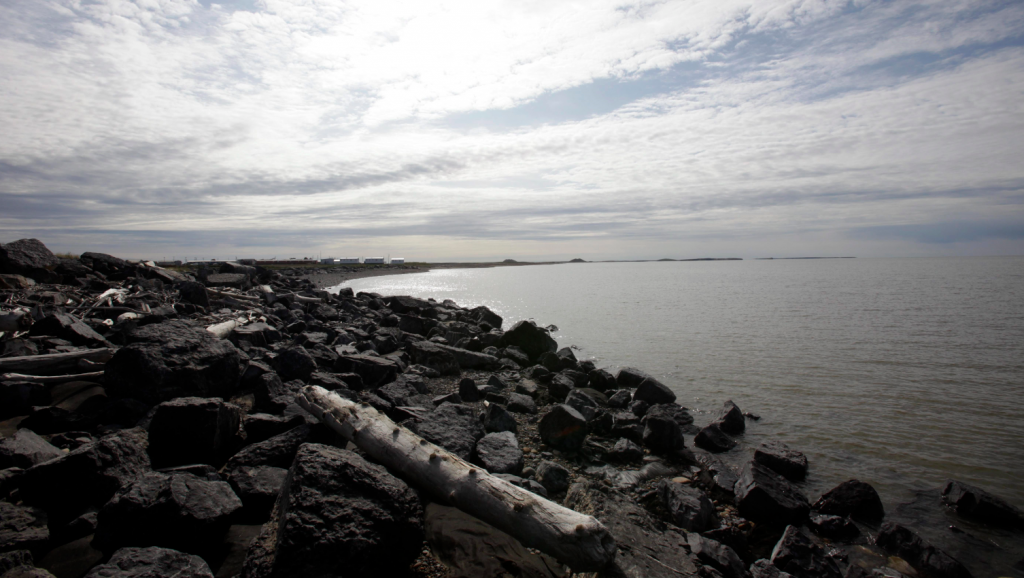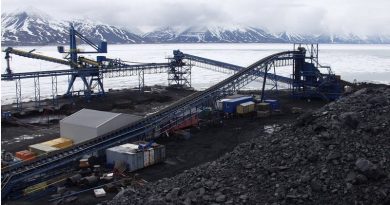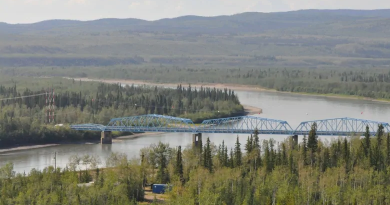Arctic sea-ice melt could mean big trouble for tiny microbes says study

The tiny microbes of the Arctic could be in big trouble as the North warms, warns a new study done in the Canadian Arctic, something that has the potential to disrupt the polar food chain in ways we are just beginning to understand.
While there’s awareness about the potential long-terms effects of the warming Arctic on iconic wildlife like polar bears and sea mammals, recent research published in the journal Scientific Reports is putting the spotlight on the hidden effects on vital, but unseen organisms in the North.
“In the context of ongoing sea ice loss, specialised ice-associated microbial [communities] may transition towards more generalist [communities], with implications for the eventual loss of biodiversity and associated ecosystem function in the Arctic Ocean,” the paper said.
To do the study, the researchers looked at four areas of northern Canada each with its own unique environment:
- open ocean areas in the Canada Basin
- cold, ice-covered waters beneath the sea ice in the Canada Basin.
- the Mackenzie Trough, which is influenced by freshwater from rivers
- coastal waters of the Nuvuk region
At the locations, they collected samples from open water and from beneath the ice.
When they studied the samples, the found that the microbial communities under the ice more more diverse than than the communiites in the open water.
Unseen changes as sea ice disappears
The microbes studied are organisms that live in the water under thick sea ice. The are fully adapted to thrive in the harsh conditions where it’s dark and frigidly cold.
But as global temperatures rise and the ice continues to shrink, the research indicates these specialized microbes are being replaced by more general species that are better suited to warmer waters.

The researchers said warming is not only affecting ice formation, but also the composition of northern waters, especially the western part of the Arctic Ocean, which is strongly influenced by the Pacific.
“There have been marked reductions in sea ice cover and increased freshwater inflow from rivers due to a faster hydrological cycle and permafrost thawing in the High North,” the paper said.
This is resulting in more freshwater on surface layers of northern waters, more sediment suspended at the top and different levels of salt at different depths.
“These ongoing environmental perturbations are causing a regime shift towards a warmer, wetter and more unstable climate over the [Arctic Ocean] which is already impacting its biogeochemistry and ecosystem productivity,” the paper said.
Need for more research
Their findings found that 21 per cent of the microbes in the samples collected under ice couldn’t be identified, similar results to previous studies.

The paper emphasized the need for ongoing research using techniques like culturing, sequencing, and single-cell analysis, which don’t depend on existing databases or lab-grown samples, to study microbes before they disappear and we lose the chance to understand their role in the ecosystem is lost.
“[Evolutionarily] selective ice-associated communities composed of rarer species could gradually be replaced with more generalist communities and common groups as the ice habitat is lost, or entirely different communities may form,” the paper said.
“If this happens, [the Arctic Ocean] microbial community structure and function will be altered with potentially widespread impacts on the wider Arctic Ocean ecosystem.”
Comments, tips or story ideas? Contact Eilís at eilis.quinn(at)cbc.ca
Related stories from around the North:
Canada: Hot and dry July saw temperature records topple in the Yukon, CBC News
Greenland: Alarming, above-average ice loss in Greenland due to rising temperatures, Eye on the Arctic
Norway: Polar heat record. July average above 10°C, The Independent Barents Observer
Sweden: High risk of wildfires in many parts of Sweden, including North, Radio Sweden
United States: Bursting ice dam in Alaska highlights risks of glacial flooding around the globe, The Associated Press



